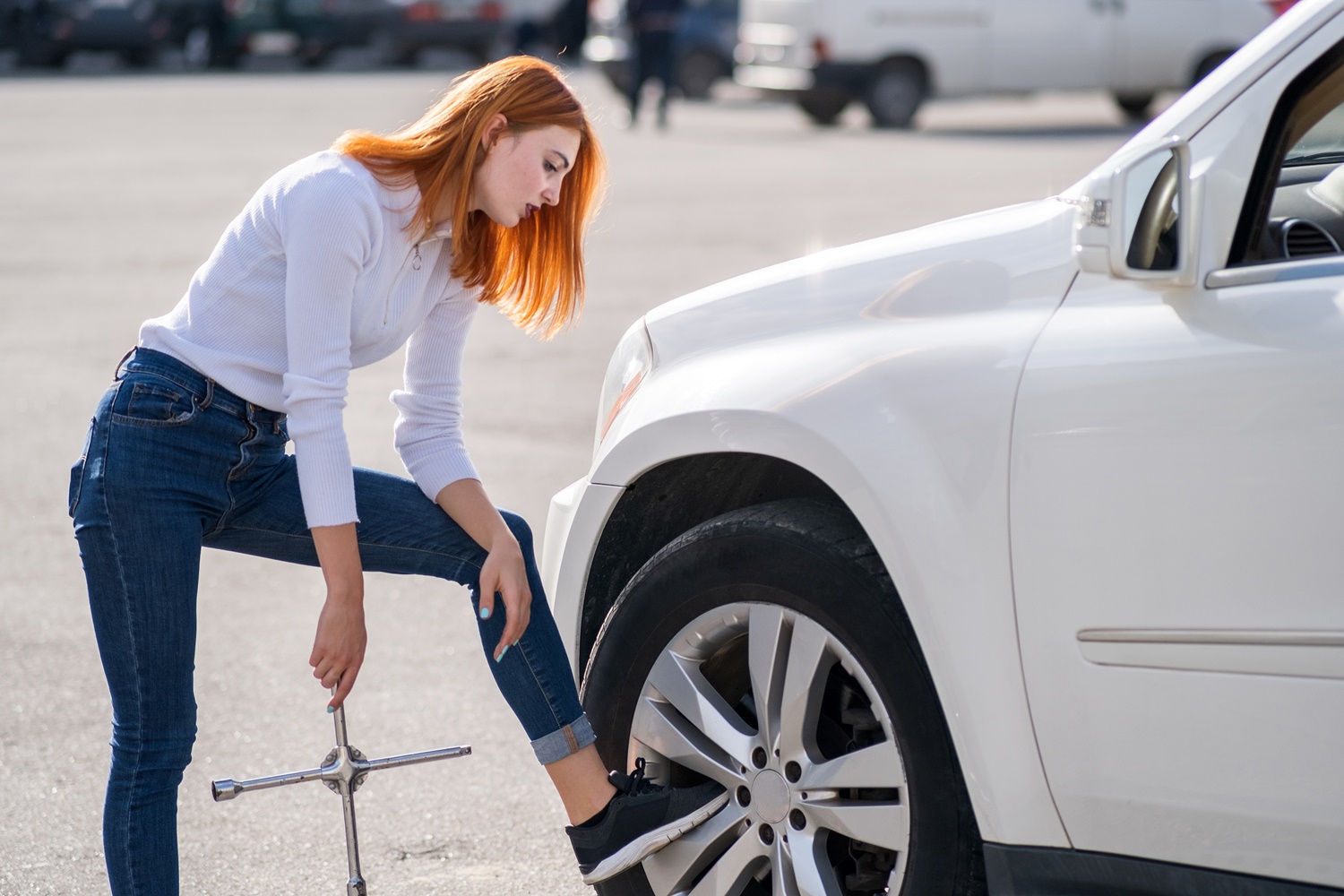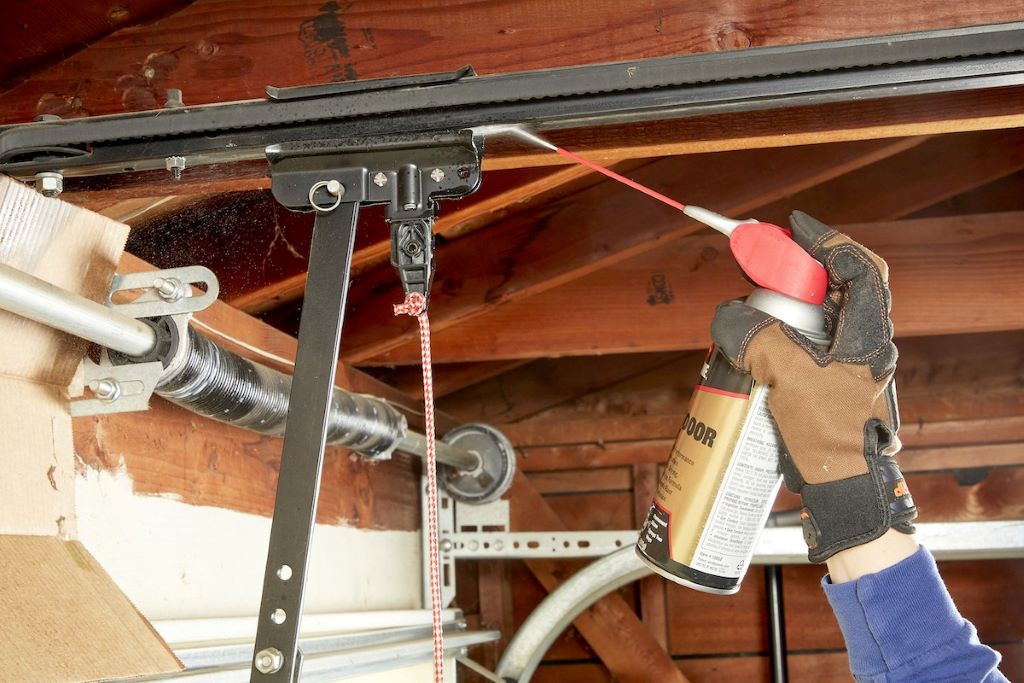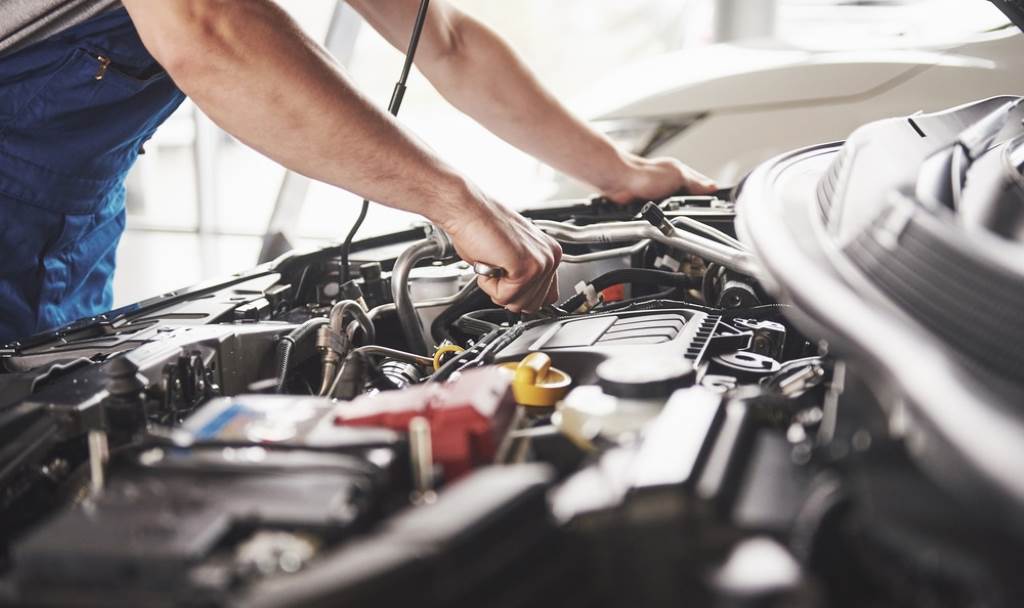Introduction
There are times we see on the news or even witnessed through our own eyes a car flying off the highway without any signs of collision. There are other occasions where drivers do not realize what went wrong with their vehicle after an accident has already happened. As we use our vehicles daily, we tend to overlook the one thing that takes a beating for our rides, and they are the tires. Tires do not last forever. In fact, there is a recommended frequency of replacement which is also compounded by factors of acceleration such as usage, weather, and appropriateness and whether your fleet consists of passenger vehicles or trucks, they are subject to the same conditions. Hinging on a good grasp of these ensures your safety and that of others. It also helps you balance cost against the paranoia of replacement as knowing when to replace those tires at the right time can help in spend management as well.
Reasons to Replace Your Tires
Tires are in constant friction with the road every single time they are used. They withstand the heat generated by the friction and at the same time carry the weight of the vehicle whether parker or in motion. This is the most basic and fundamental reason why tires are spent and there is a plethora of other factors that chime in and eventually hasten the process of wear and tear of the tire.
Environmental Conditions – Climate and weather play a significant role in impacting the material of the tire. Hot weather contributes to rubber’s melting point and when intensified can cause the material to be sticky and lose parts of the surface.
Constant vibrations – The vehicle’s engine constantly vibrates and ultimately trickles down to possible effects down the mechanical parts such as the chassis. Vibrations can be kept to a minimum with the right change in fluids and parts to avoid anything that can come lose that also impacts tires. Misalignments on tires and chassis can cause premature loss of tread in places where it shouldn’t. This is another reason where fleet maintenance is relevant, and it is to ensure that the entire vehicle is in tip-top condition and doesn’t lead to the deterioration of other vehicle components.
Loss of Tread – Stability is one of the biggest concerns for tires and losing treads can mean skidding on the road especially on wet weather conditions.

Driver’s handling – The driver is an essential part of fleet maintenance, making sure that the vehicle intent is met as well as being the front liner for ensuring the vehicle is working properly. There are, however, differences in the way driver’s handle vehicles. Some might be more reckless than others resulting into vehicles and tires aging rapidly compared to others within the same fleet.
Road conditions – Not all roads are created equal. Uneven surfaces can easily put a strain on your tires and chassis especially when there are deep potholes these vehicles drive through.
What are the Tell-Tale Signs?
Managing the replacement of your tires goes a long way with simple acts of diligence. There are signs that you can consider when making an assessment and even augment that judgement with professional consultation. Whichever the case is, having a keen eye out for these signs should help you get a hold of the state of your tires.
- Tire age
It is important to keep a record of when the tires were purchased. Brand new tires require a three-to-five-year replacement frequency depending on such aforementioned reasons but getting professional consultation and opinion can definitely help your decision making and minimize fleet cost. Mileage can also accelerate the age of the tires as more frequent uses that culminate in the range of 10,000km or 6,200mi can impact tire integrity, making the replacement sooner than expected.
- Tread visibility and depth.
Emphasizing the importance of tread, this is one of the easiest things to assess since it is visible and on the surface. Check whether the treads are still deep or have completely vanished and this is a clear sign that an accident is imminent. Slipping or even exploding tires can result out of a negligence of this clear sign.
- Bulges on the tires.
As a result of speeding through potholes, lumps can appear on the tire. Conceptually, as bulges appear, they are spread into thinner surfaces creating weaker points, hence, being more vulnerable to being punctured. Having bulges is a clear sign that you should replace the tire for safety reasons above anything else.
- They lose air pressure more often than your other tires.
Frequent trips to replenish air pressure on the tire signifies a gaping hole or even a foreign object lodged onto the tire. This creates a small escape route for the air that results into flats more often that you would expect.

What Happens if the Tires aren’t Changed?
Accidents happen. Tires are at the forefront of most single vehicle accidents because of reasons such as loss in stability and balance. Tires, when not replaced, have a tendency to give out at the end of their lifecycle. This is because much of the material has already eroded due to friction and in some cases, the material has degraded due to being exposed to varying temperatures. A tire can explode and the degree of damage it can cause depends on how fast you are going. Faster speeds can result into more dangerous tire explosions and lead to more disastrous accidents. Nevertheless, it is never okay to reach that point where tires will already give out. Prevention will always be tantamount to saving lives and no amount of money can cover the damage of such devastating events.
Conclusion
Never overlook the importance of tire replacement. There are signs where you can rely on checking if there is a need to change tires. It is not wise to wait for it to break before changing it, as doing so will only result into accidents and hazards to safety of one’s life. The abundance of ways to tell and knowledge on what contributes to the degradation of tires gives enough information on whether or not it is time to act on them.
Related Video





